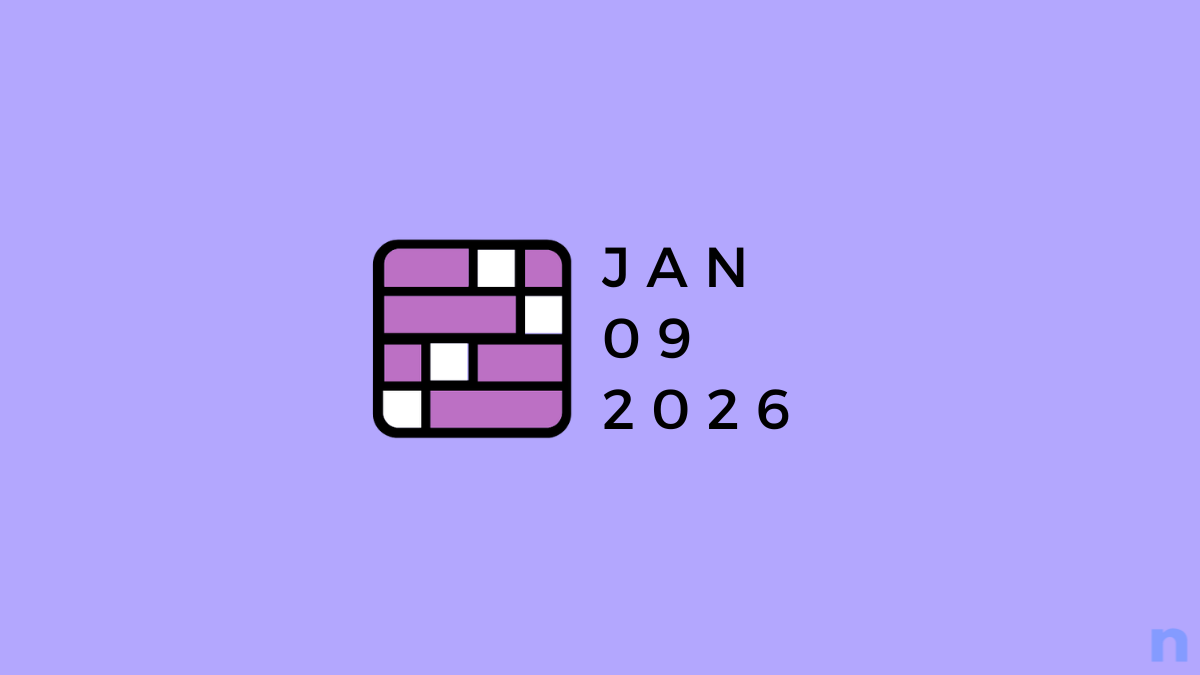Verizon became the first U.S. carrier to go mainstream with 5G thanks to the exclusive deal to sell Samsung Galaxy S10 5G in the country. However, Sprint now holds the record for the widest 5G coverage after flipping on its 5G switch in four major cities with a total population of about 3.6 million people covered.
Sprint, beginning today, has turned on 5G in Atlanta, Dallas-Fort Worth, Houston, and Kansas City, but you must grab any of the LG V50 ThinQ or HTC 5G Hub in order to enjoy the new speedy network on the carrier. The Galaxy S10 5G is coming later this summer.
Later this year, Sprint 5G coverage will spread to Chicago, Los Angeles, New York City, Phoenix, and Washington DC. Combined, about 11.5 million people will be covered in an area spanning across 2,180 square miles.
Of course, not every part of the mentioned cities will be covered by Sprint 5G. In Atlanta, for instance, 5G is available in an area that stretches across 17 miles from downtown up to Dunwoody while those in Dallas-Fort Worth must be anywhere from North Dallas and Fort Worth, a 40-mile stretch through Irving and Arlington.
In Houston, there is a 13-mile 5G coverage from downtown to Beltway 8 in Memorial City whereas Kansas City has 5G from downtown to Overland Park, the hometown of Sprint.
Related → 5G Android phones
Wider coverage than Verizon and AT&T
Unlike Verizon and AT&T that have deployed their 5G networks on a brand mmWave spectrum, Sprint is deploying its 5G network on its existing mid-band 2.5GHz spectrum that combines 4G and 5G in what the carrier calls dual-connectivity. Sprint is using radios that support split-mode, a feature that allows simultaneous delivery of LTE Advanced and 5G service.
Since Sprint is using existing infrastructure to deploy its 5G network, it is able to push its 5G services to more people across the country easily than any of Verizon and AT&T can manage. Also, the fact that the mid-band spectrum travels farther than mmWave means Sprint 5G covers a wider area, too.
Mid-band spectrum is good at penetrating objects like walls at a slower rate, but the latter is faster than the former yet the signal is easily affected by objects.
One other little problem with using mid-band spectrum for 5G is that you don’t get true 5G speeds, rather, you get slightly better speeds than LTE Advanced, which explains why Sprint is flirting with speeds of about 430Mbps, way short of the promised 1Gbps and above.
Sprint is offering 5G through an Unlimited Premium plan of $80 per month. The plan includes the usual perks of unlimited data, text, and talk alongside 1080p video streaming, 100GB mobile hotspot and free subscriptions to Amazon Prime, Twitch Prime, Tidal, and Hulu.
You also get a 90-day free pass to a library of 100 games thanks to a partnership with Hatch, but after the service will cost $7.99 monthly.
Related:













Discussion